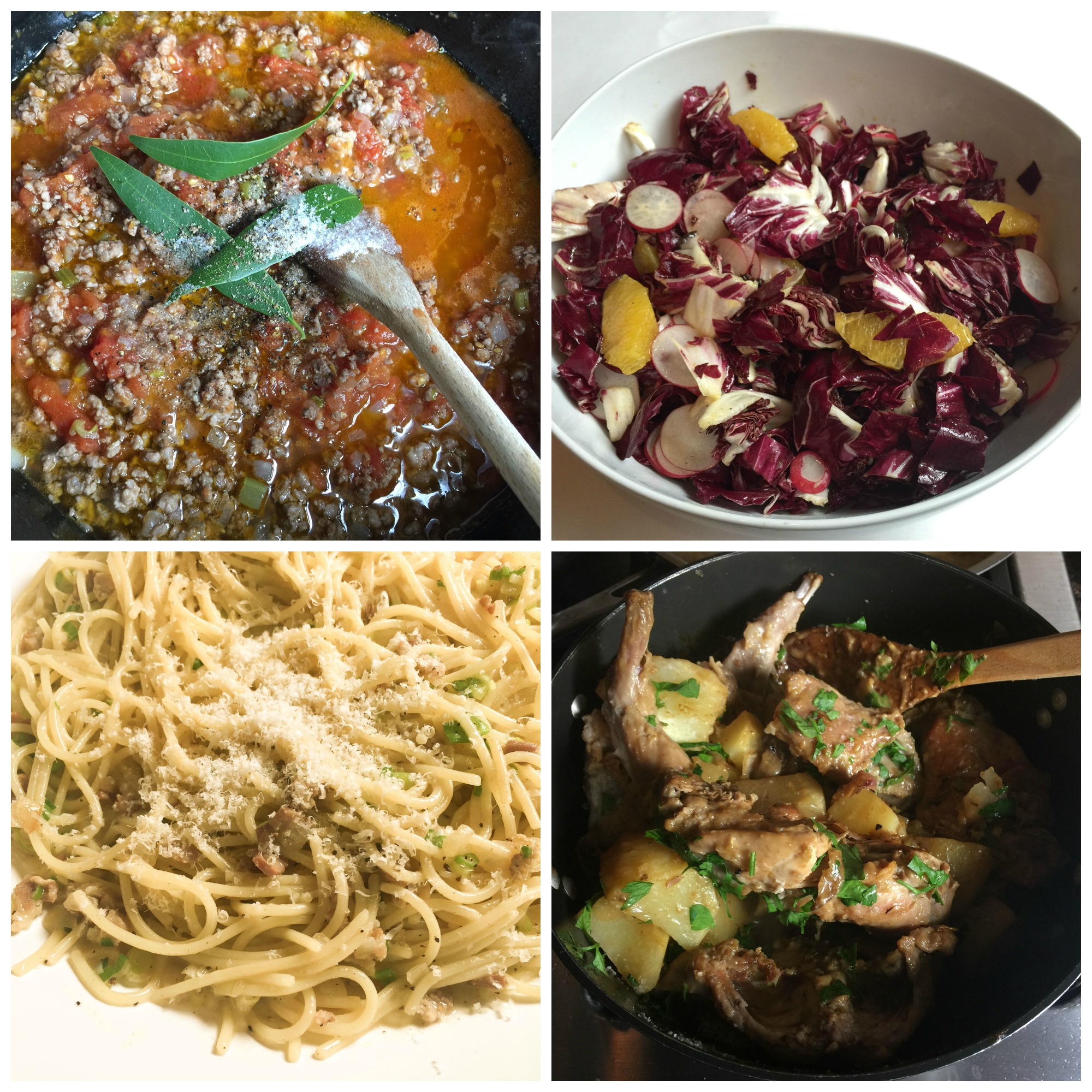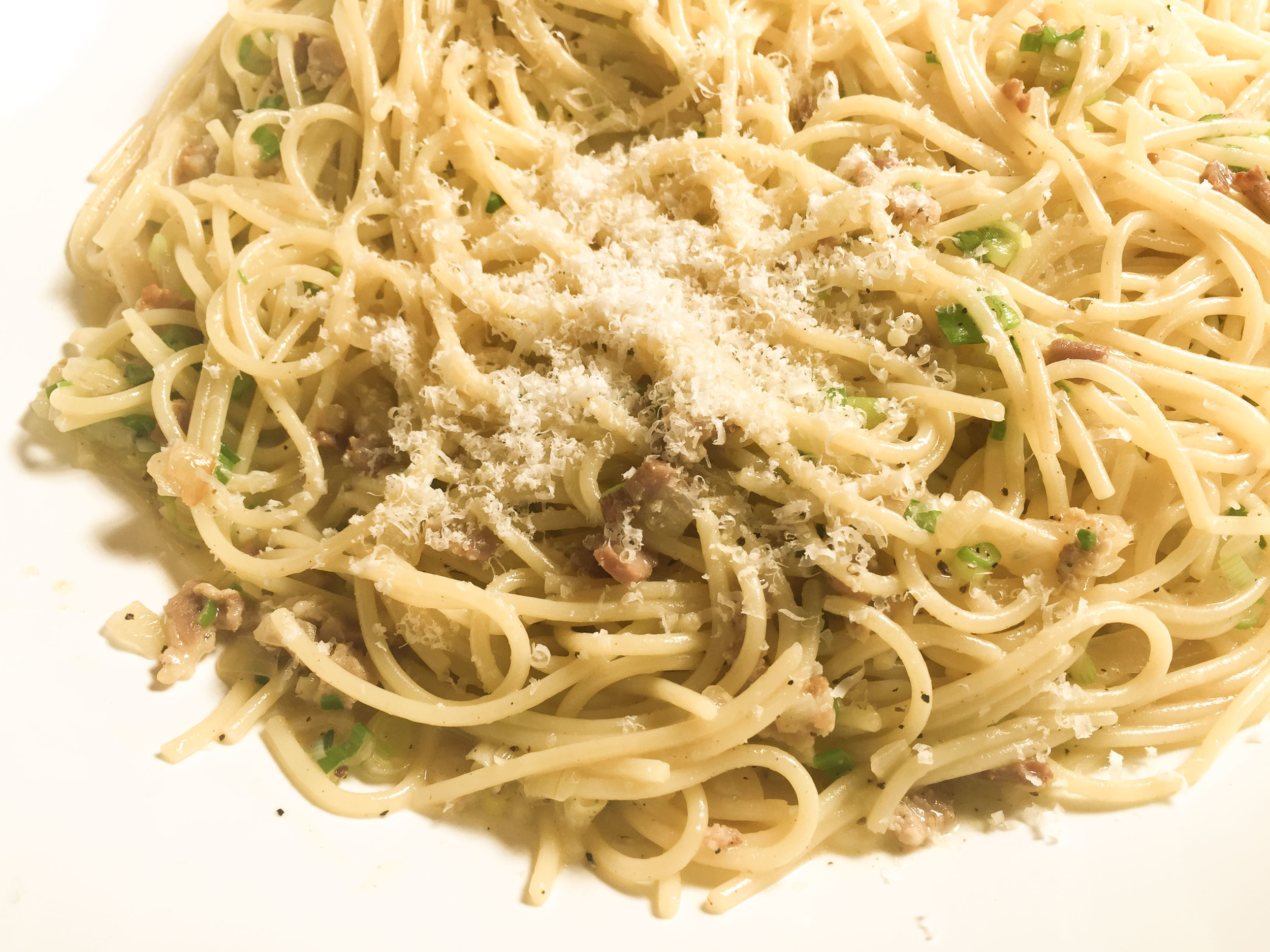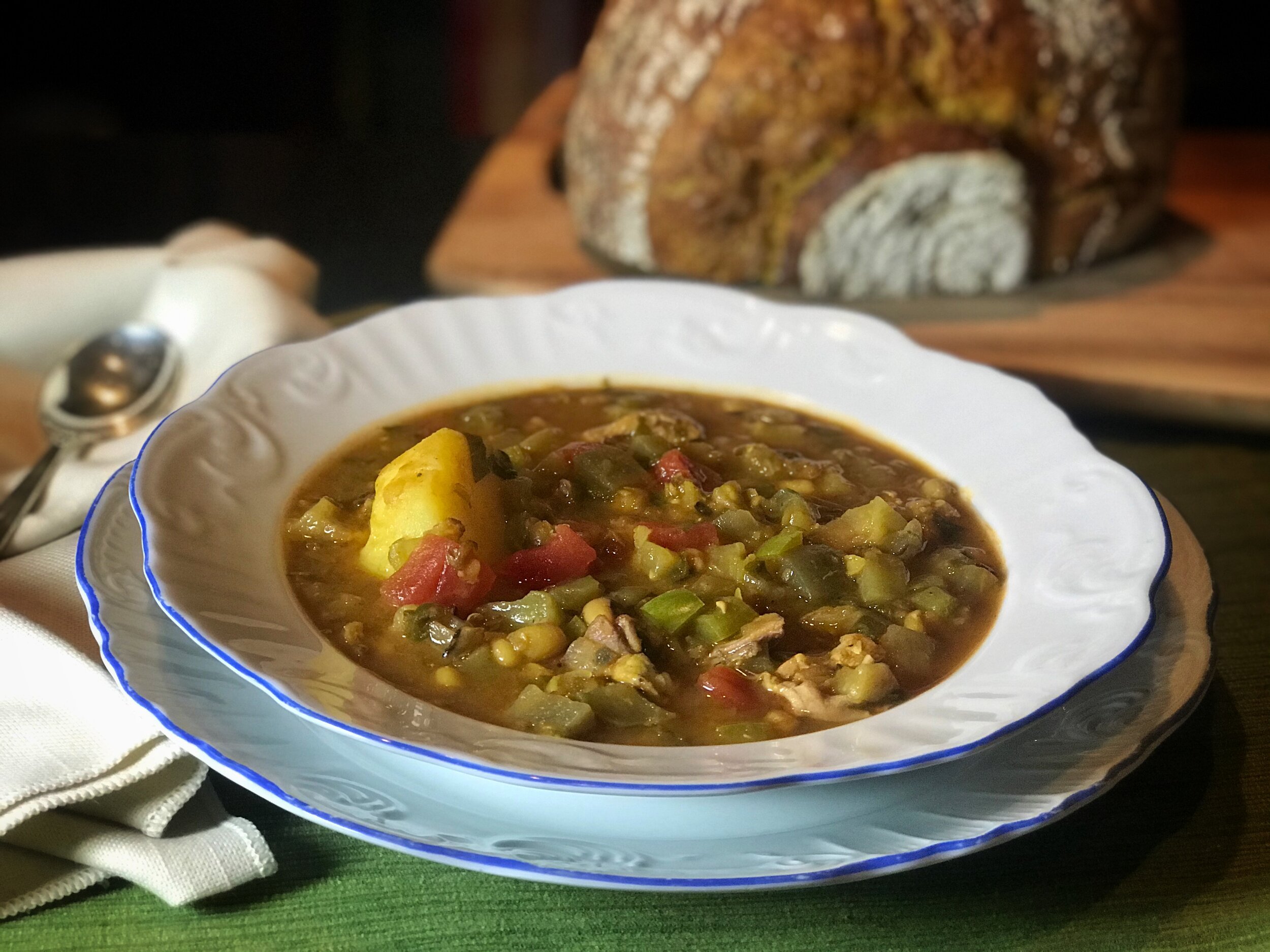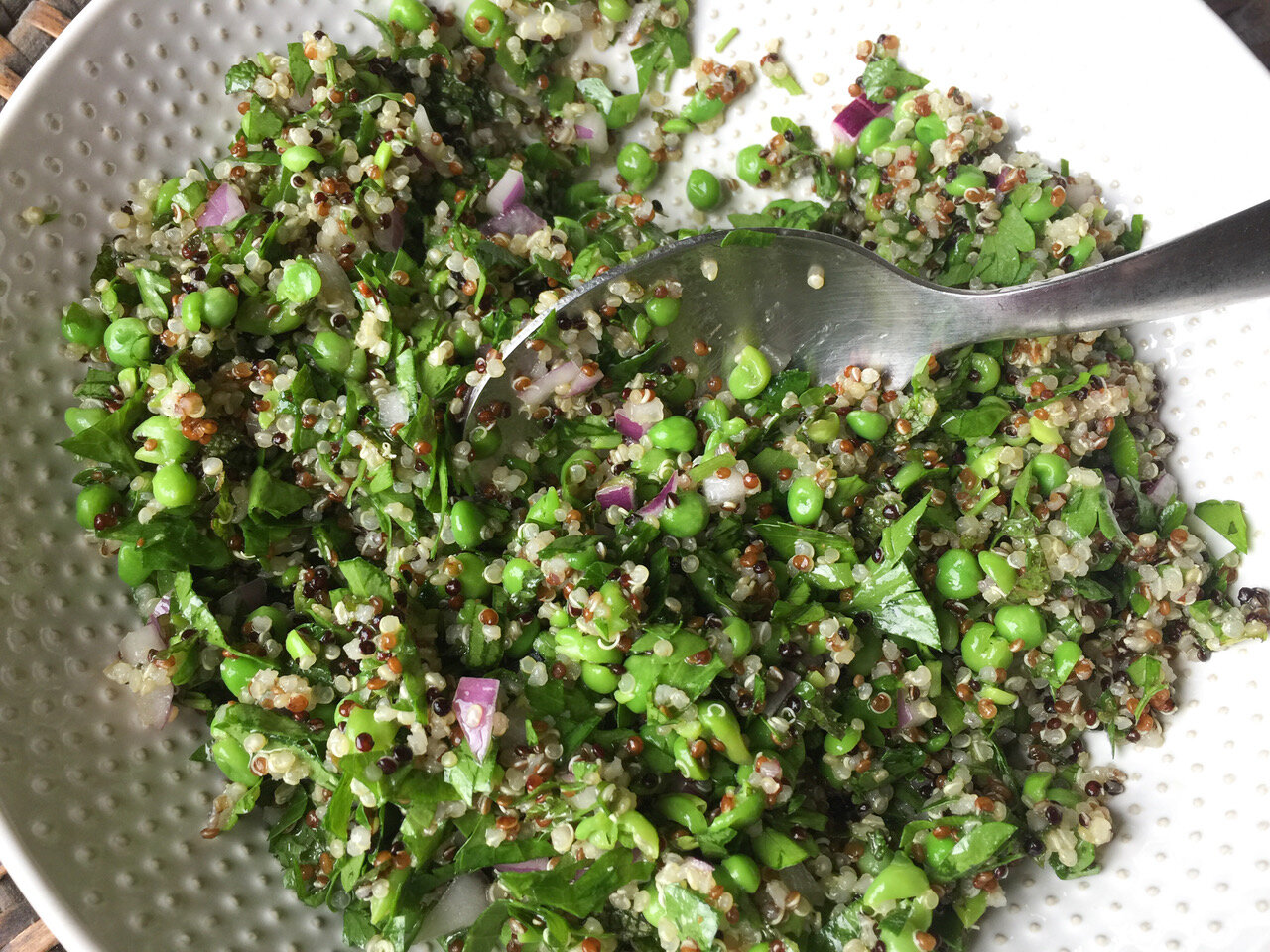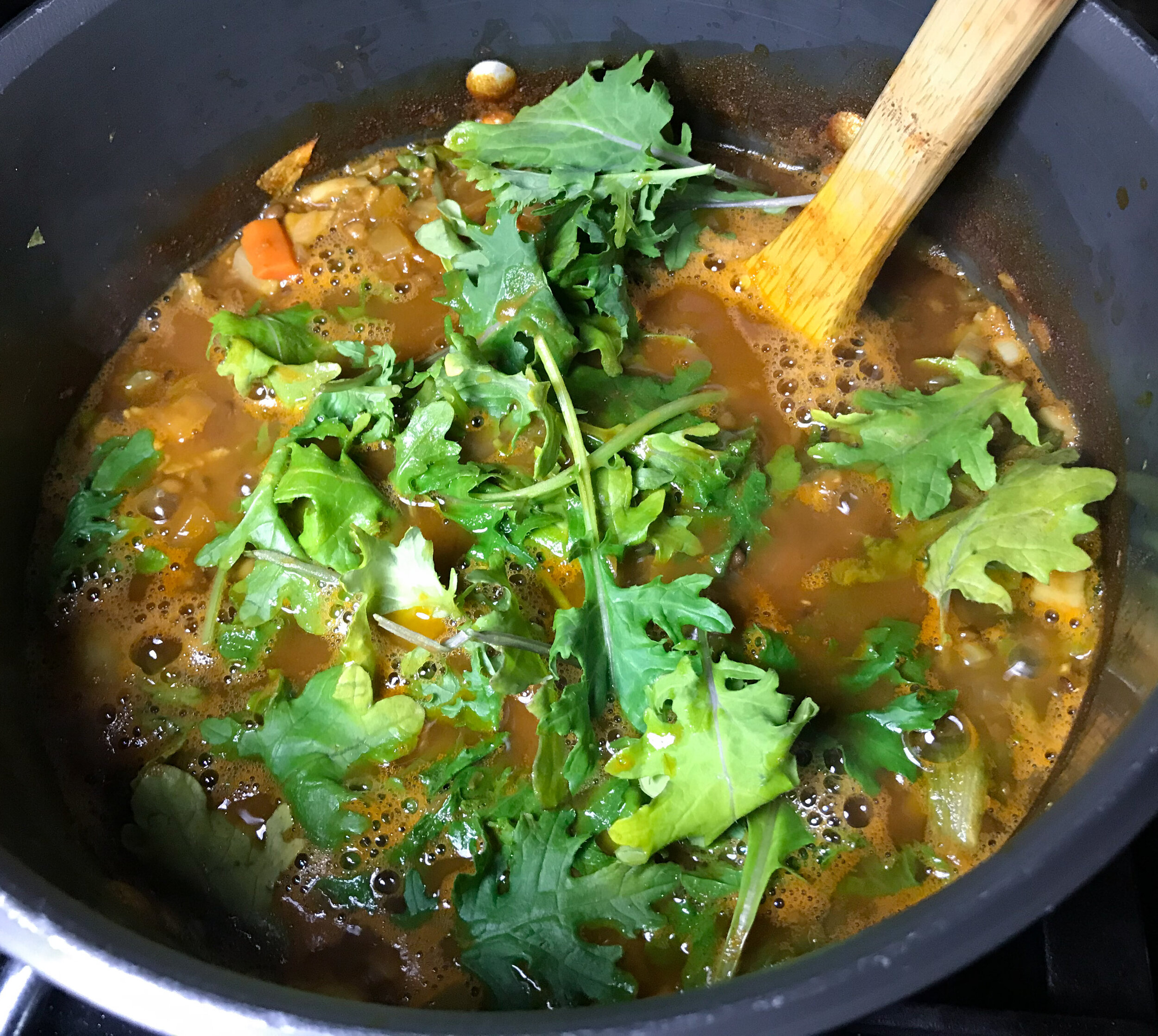Pastel de tres leches, or tres leches cake — Mexico’s star dessert — is enjoying a drenchy-sweet moment of glory.
The fluffy-creamy vanilla sponge cake, soaked in a mixture of creams (usually condensed milk, evaporated milk and heavy cream, and topped with whipped cream, has become an Instagram and Tik Tok star during the pandemic.
As G. Daniela Galarza wrote last week in an excellent story in The Washington Post:
“This past May, the month in which Trinity Sunday often falls, searches for “tres leches” were up 25 percent from May 2019. More than half a million posts are tagged #tresleches on Instagram, and on TikTok, nearly 25 million videos feature hands and pans whipping up batter for a tres leches cake.”
Galarza’s story points to MM Pack’s illuminating 2004 story for the Austin Chronicle, “Got Milk?: On the trail of pastel de tres leches,” and then goes on to provide illuminating context and background.
The cake does not have a long history; it is probably only about a quarter-century old, according to Pack’s superb sleuthing. Nestlé, a major canned milk producer, introduced manufacturing plants around World War II in Mexico, and a recipe for pastel de tres leches was included. More investigation led Pack to find its antecedent: a dessert involving bread soaked in wine and layered with milk custard and fruit or nuts) came to Mexico in the 19th century.
All that is well and good, but The Great Confinement of 2020 continues to trigger cravings of comfort food and sweets. Fortunately, there are 9 and a half grillion versions to choose from.
The New York Times’ Melissa Clark, who may be some kind of dessert psychic — and who confesses to enjoying eating sweetened condensed milk straight out of the can — presciently published a recipe for a Seis Leches Cake (“A Milky Cake Where More is More”) in January.
We love the version Mely Martínez offers in her just-published cookbook The Mexican Home Kitchen, which we reviewed last month. Hers is not a sponge cake, but a somewhat denser vanilla cake with a lovely crumb; it takes longer (overnight) to soak up all those leches, but the result is outstanding.
About to attack my second slice of Martínez’s cake, on a whim I poured over it a splash of Plantation Pineapple Rum. Holy moly — it was insanely, wildly, wickedly good! Next time I’ll follow Martínez’s suggested variation and add a quarter cup of it to the milk mixture to soak in overnight.









